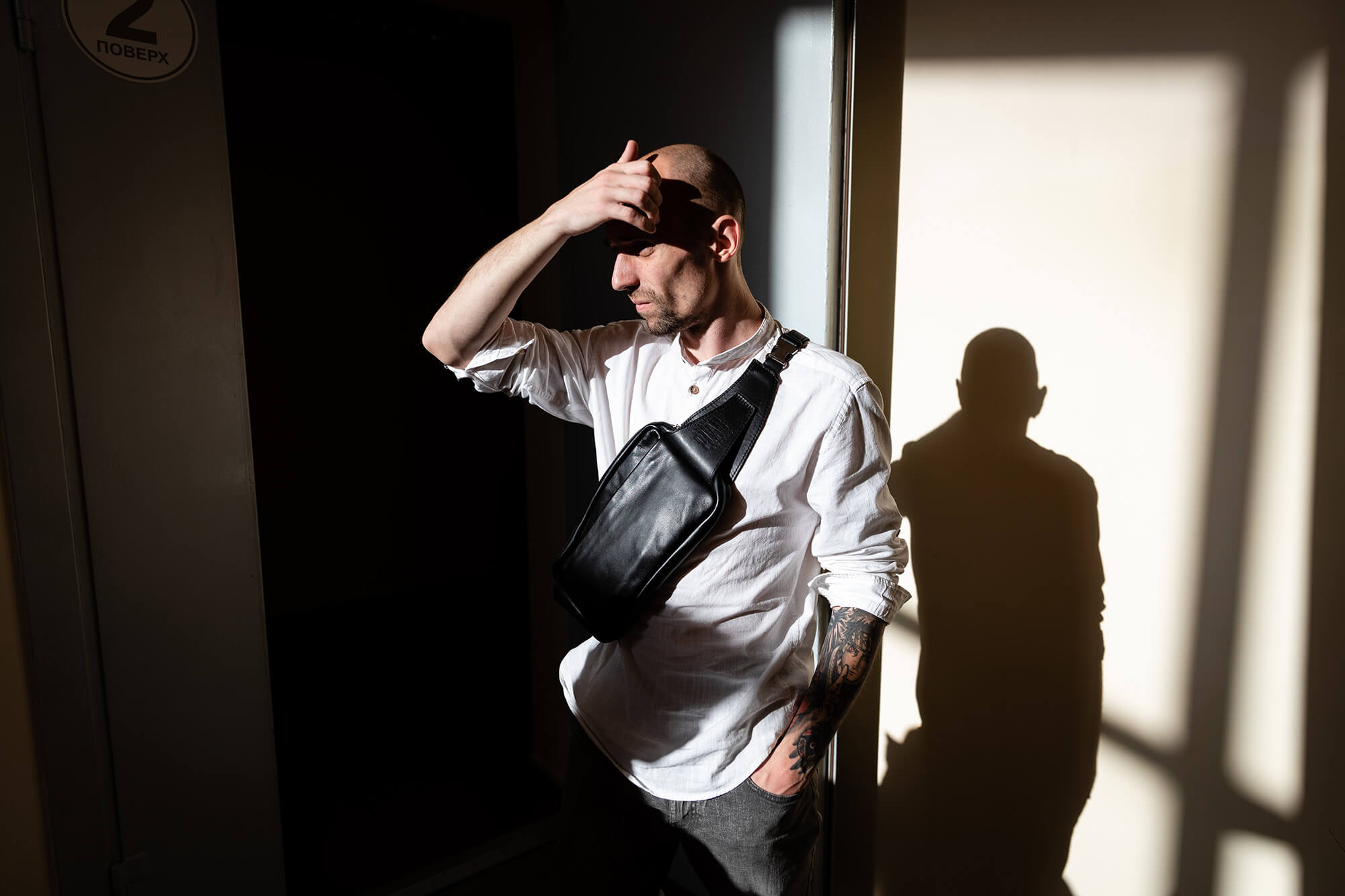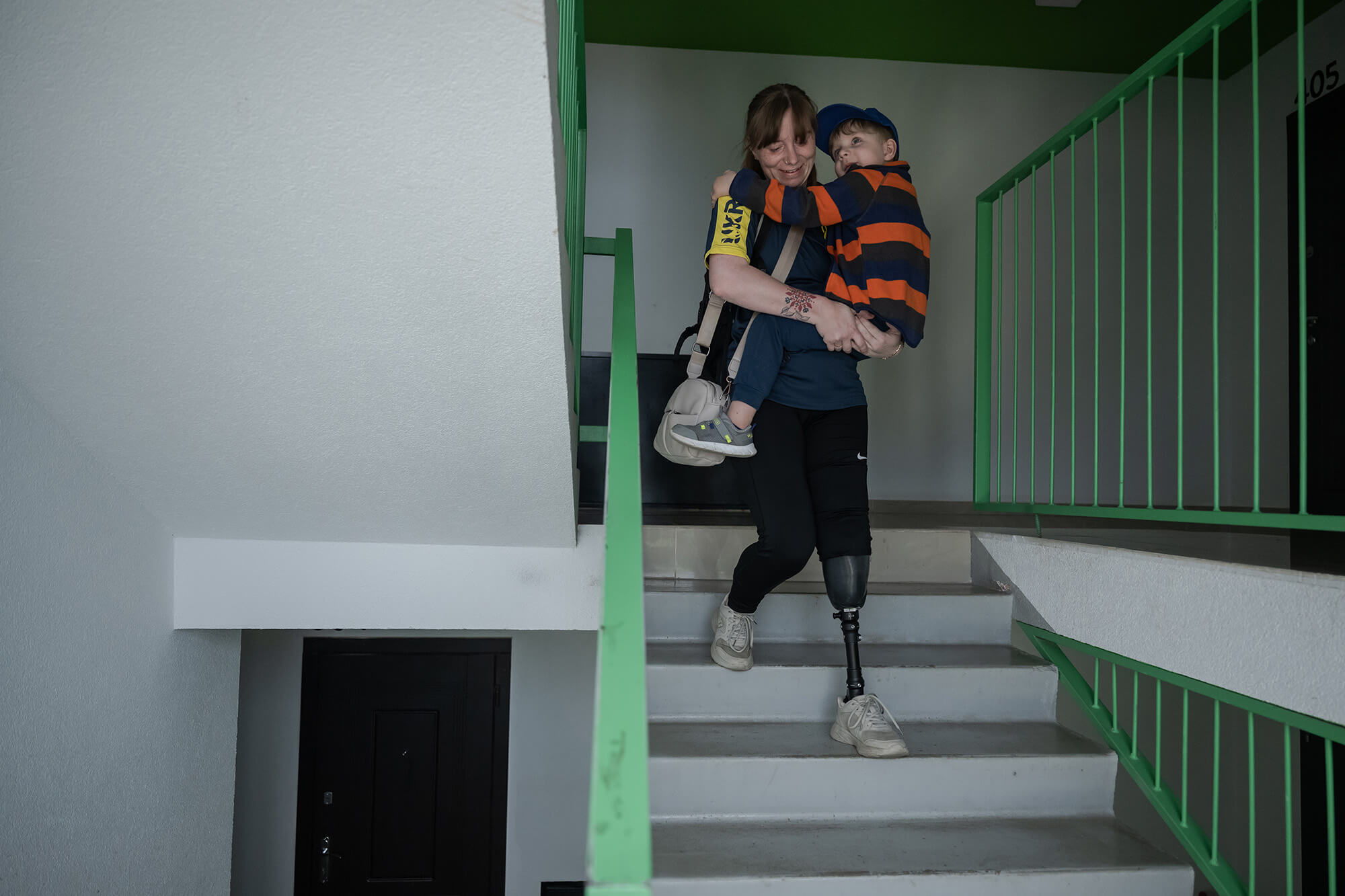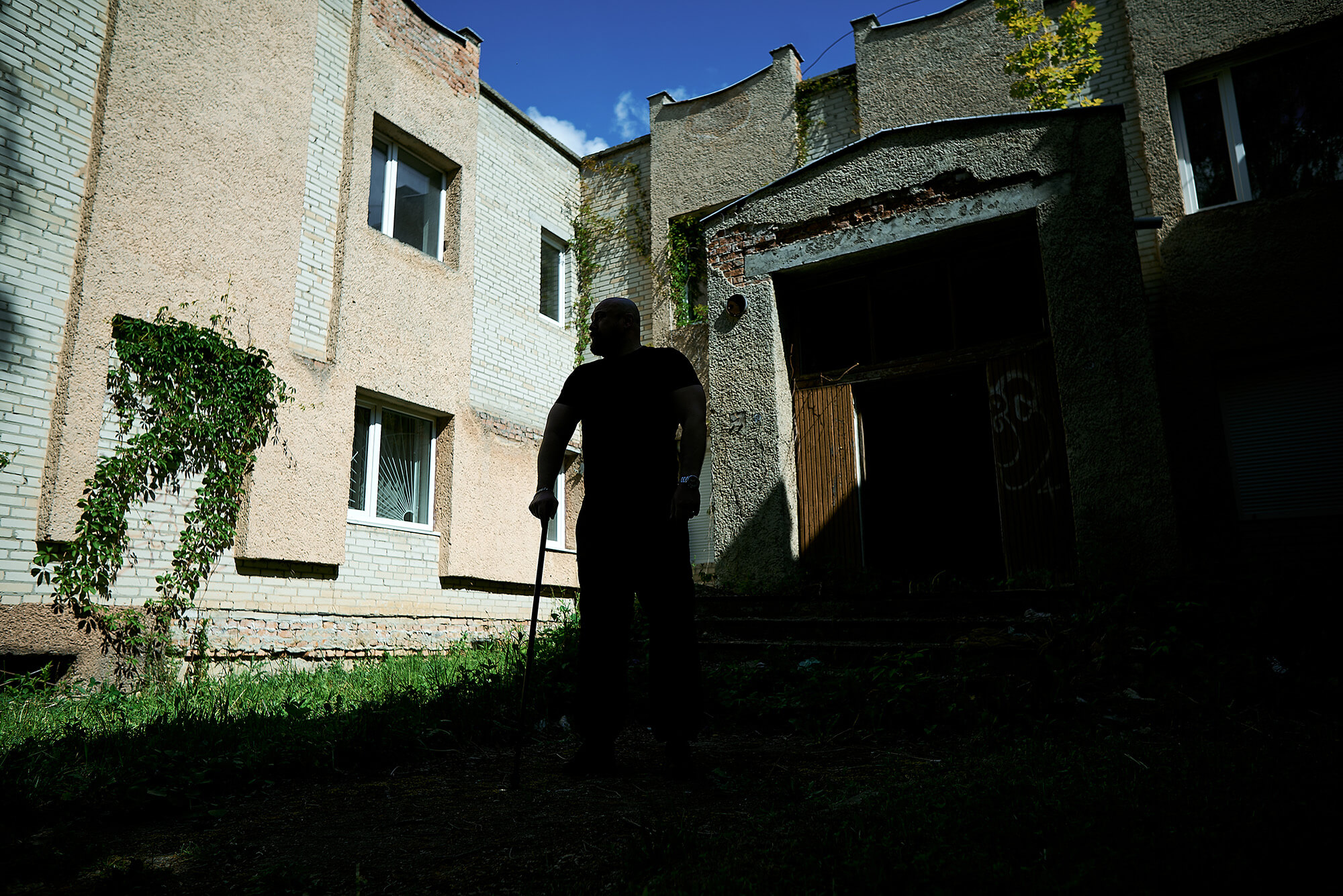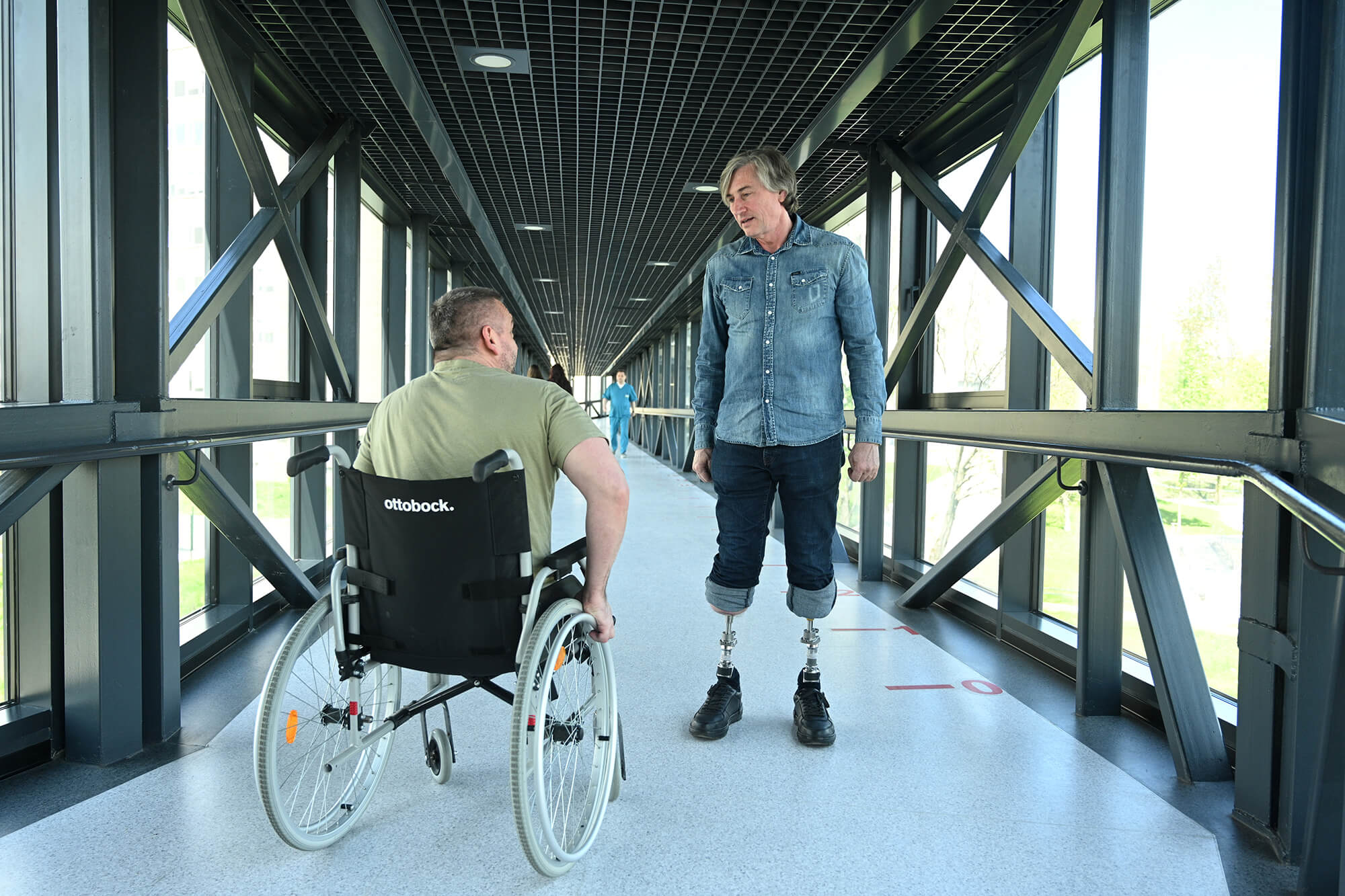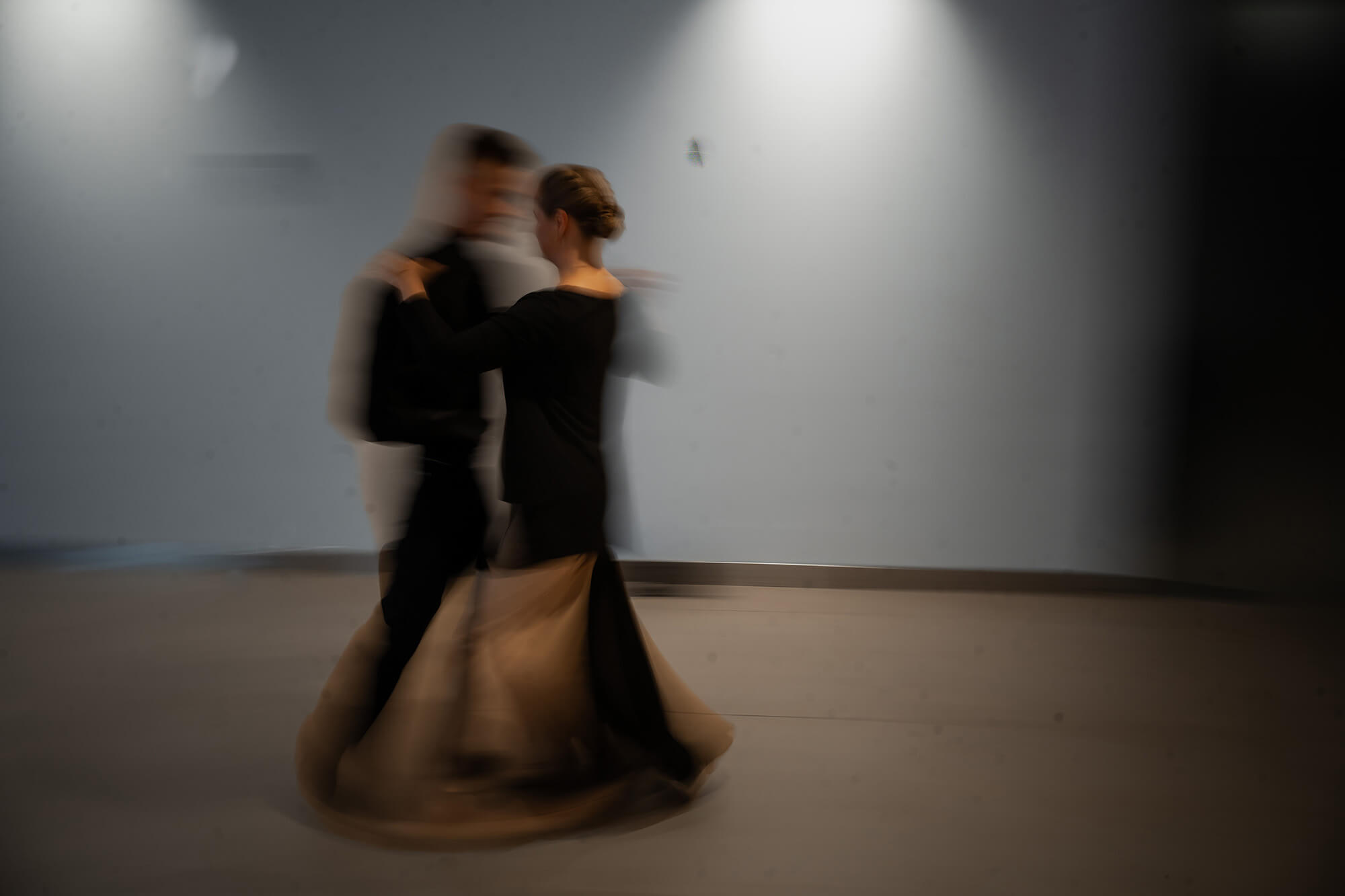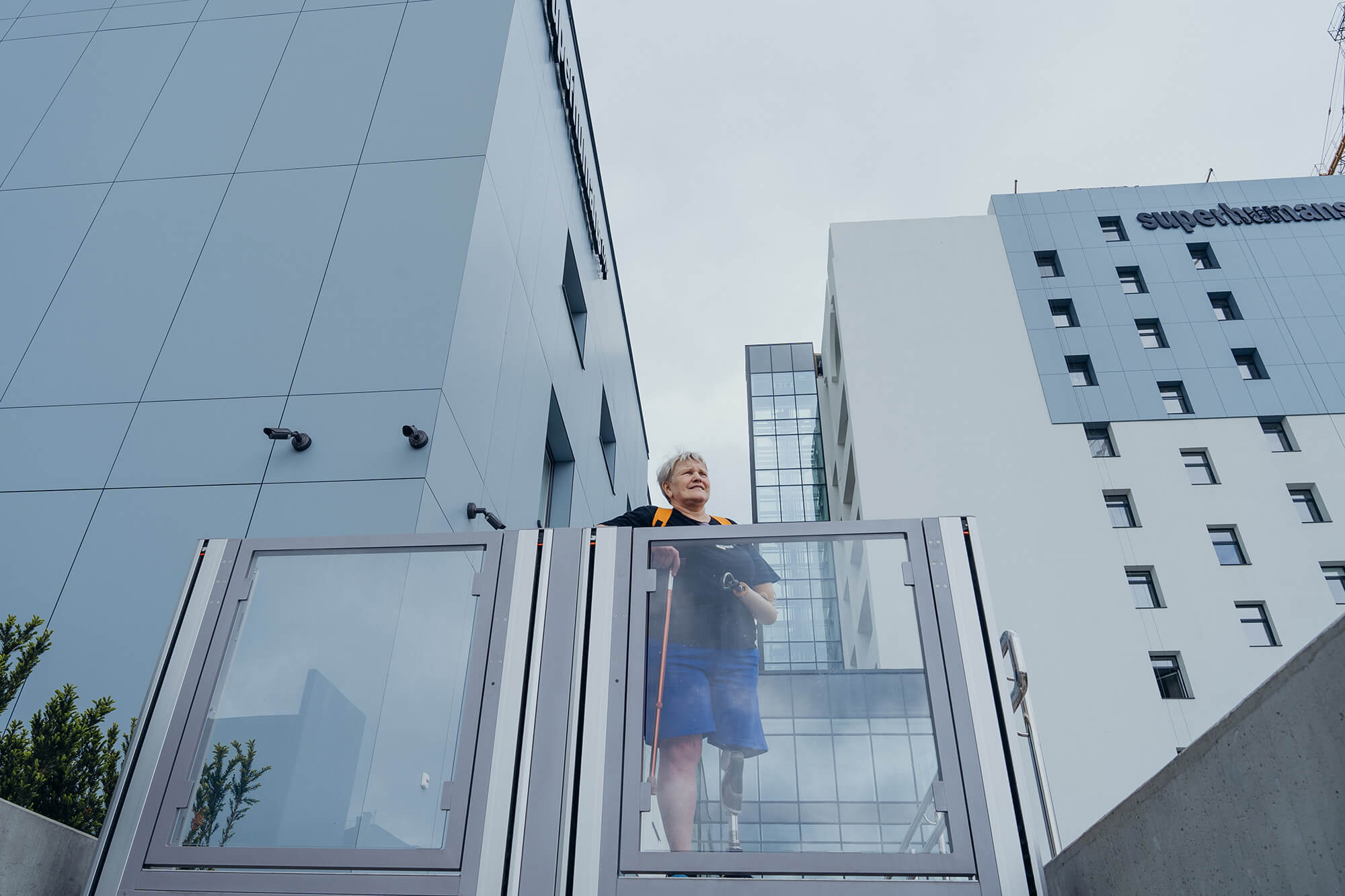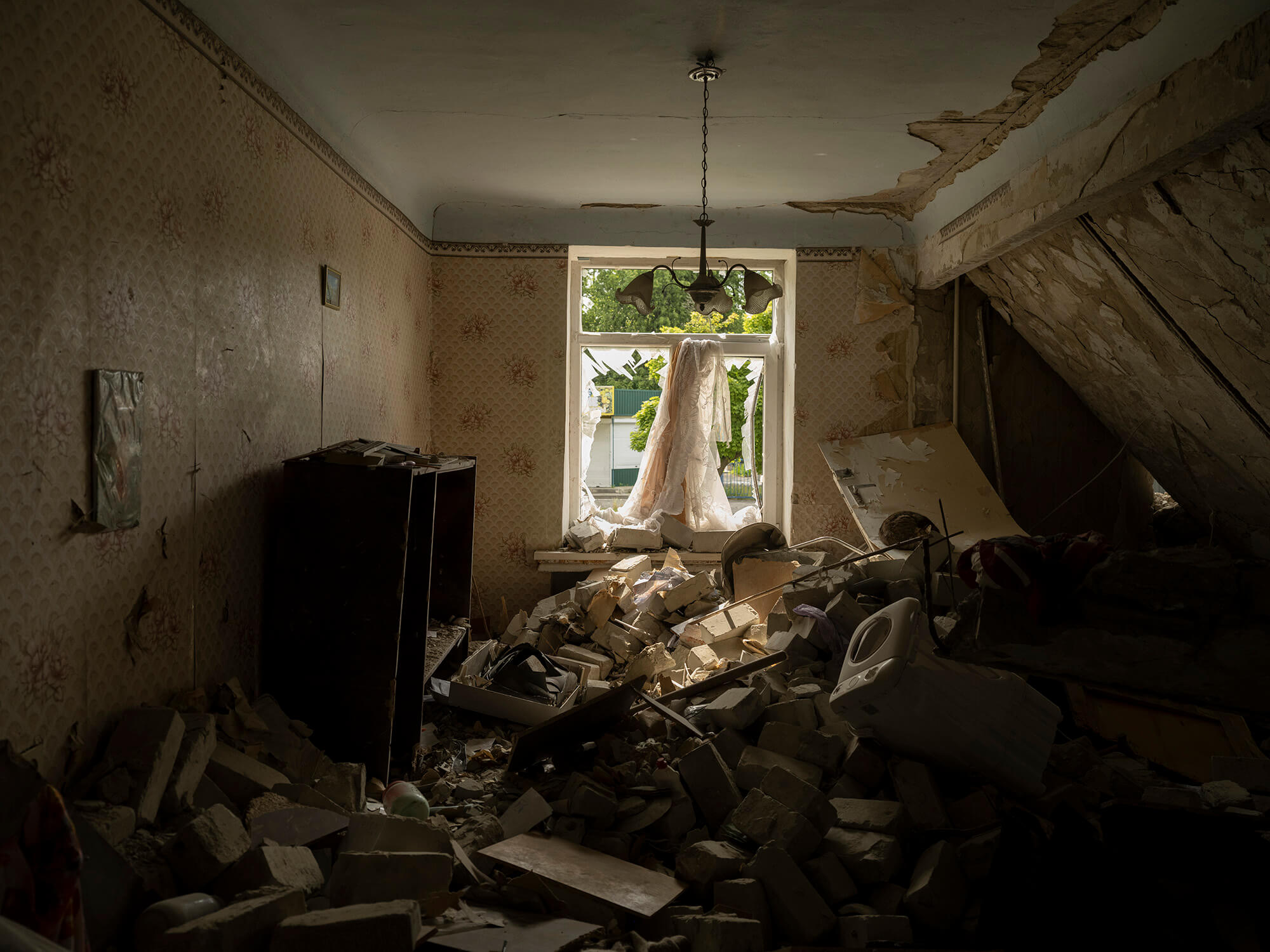
How to Find Yourself in the Museum
I always believed that literature lives somewhere between the letters, and this is where one should seek it. The self-sufficiency of a text is not obvious, while its mainstreamness and infallibility are illusory. Clearly, these things are highly subjective; everyone defines the frontiers of understanding and the markers of feeling for themselves. However, now that I have already started discussing my relationship with literature, I shall continue. Context always seemed to me to be more precise and revealing; it provided much more exciting optics, a point of reference, a cipher for understanding. Context combined the author’s writing with the author’s breath. It revealed what happens to a line of poetry or a paragraph of prose when the author’s hand leaves them; when they cool down and acquire an independent tone and meaning; when a gap for the light appears between writing and reading; when the space between letters and signs reaches some kind of stability and balance. In short, the author always interested me no less than their writing. I like projecting what I read onto the one who actually created all these bizarre combinations of meanings and senses. Moreover, when an author did not spark any interest in me, their writing never did either. Nevertheless, behind such dubious practices, there was always a sincere love for everything having to do with literature. Another thing is that everything has to do with literature.
In 1991, I visited the exhibition at the Kharkiv Literary Museum dedicated to the “Executed Renaissance.” At that time, I was still a Soviet schoolboy, but I eagerly read anti-Soviet literature. I also used to read the poetry of the “Executed Renaissance,” so, at that exhibition, I felt as if I were inside a half-read book that was lying somewhere back at home. I loved being inside that book, so I stayed there. That same year, I moved to Kharkiv, came to the museum again, and started working there as a junior researcher. That was my first official job, by the way.
It was obviously not about the job. It was about literature that suddenly became close and open. As if I found a key to the room that had always been locked. It was like stepping over the edge, peeking behind the scenes, maximum and intense immersion in the context, and dissolution in time. Lifetime editions of Semenko, Khvylovy, and Yohansen with their faded inscriptions on the first pages, periodicals of the 1920s, reflections and consonance—the literature of the Red capital’s outburst, tragic and controversial but, paraphrasing Semenko, so heady in its aspirations—all of this ceased to be just history of literature for me. Behind it all, I could hear the footsteps of young and eager avant-garde artists who wanted to build a complex construct of new aesthetics from scratch and out of thin air. They were the builders of a new tower from which one could see the lights of the future. Although these lights turned out to be murderous, and the construct of left Ukrainian art turned out to be a cage that trapped both the brave pioneers and those who followed them, the contours of this construct—dissolved in the air and defined in space—could still fascinate one even sixty years later, especially if they were ready to be fascinated.
And there is more about the steps. Back then, in the early 1990s, we—the philology students of the Kharkiv Pedagogical Institute—studied in the building on Artem Street, which once upon a time, during the “capital period,” housed the People’s Commissariat of Education. Legend has it that the reading room of our library, where we skipped class studying other people’s poetry and writing our own, used to be the office of People’s Commissar Skrypnyk. So the corridors which we ran late for classes had once heard the light or heavy steps of Sosiura, Tychyna, or Shkurupii.
They had seemingly never relaid the parquet since the 1920s, so the echoing footsteps of the great poets—both those who perished and survived—were almost ceasing to be a metaphor and becoming a reality.
This reality was gaining depth and volume, history was opening wide like our classroom windows, and one could feel the draft of time, reach out and touch the casing of the last century, literally feel it, and even hurt oneself on it.
Since then, Kharkiv has remained for me a city with dozens of secret corridors and invisible passages, crossing and contact points, and intersections where trams from the past rolled over to the present. Kharkiv turned out to be a barrel organ with hundreds of voices. Some of them sounded tragic and solemn, others grotesque and clownish, but all of them were in one way or another inсorporated into the city, into its force field, its historical continuity. You had only to open the door of any communal apartment in the old center, and the demons of memory and angels of anxiety flew out of there. Watching their bizarre flight over the metal roofs of dilapidated modernist buildings, you realized all the wealth the god of philology had bestowed upon you.
That is why, for instance, I was always surprised by the skeptics who never noticed this city’s double sound and its poetic heredity that filled the city streets with a whimsical and broken futuristic rhythm and added a particular depth to its signs and facades—the depth of the buildings and objects that had once made their way into poetic lines and became a part of poetry, that is to say, a part of history. I wondered how one could not notice this legacy—bitter, sad, but above all, generous—because, behind the metatext of the 1920s, one could see primarily an attempt to apportion the bread of poetry among the hungry, to feed them all and miss no one, to change everything, to use this ghost of a chance and rewrite all possible literature textbooks.
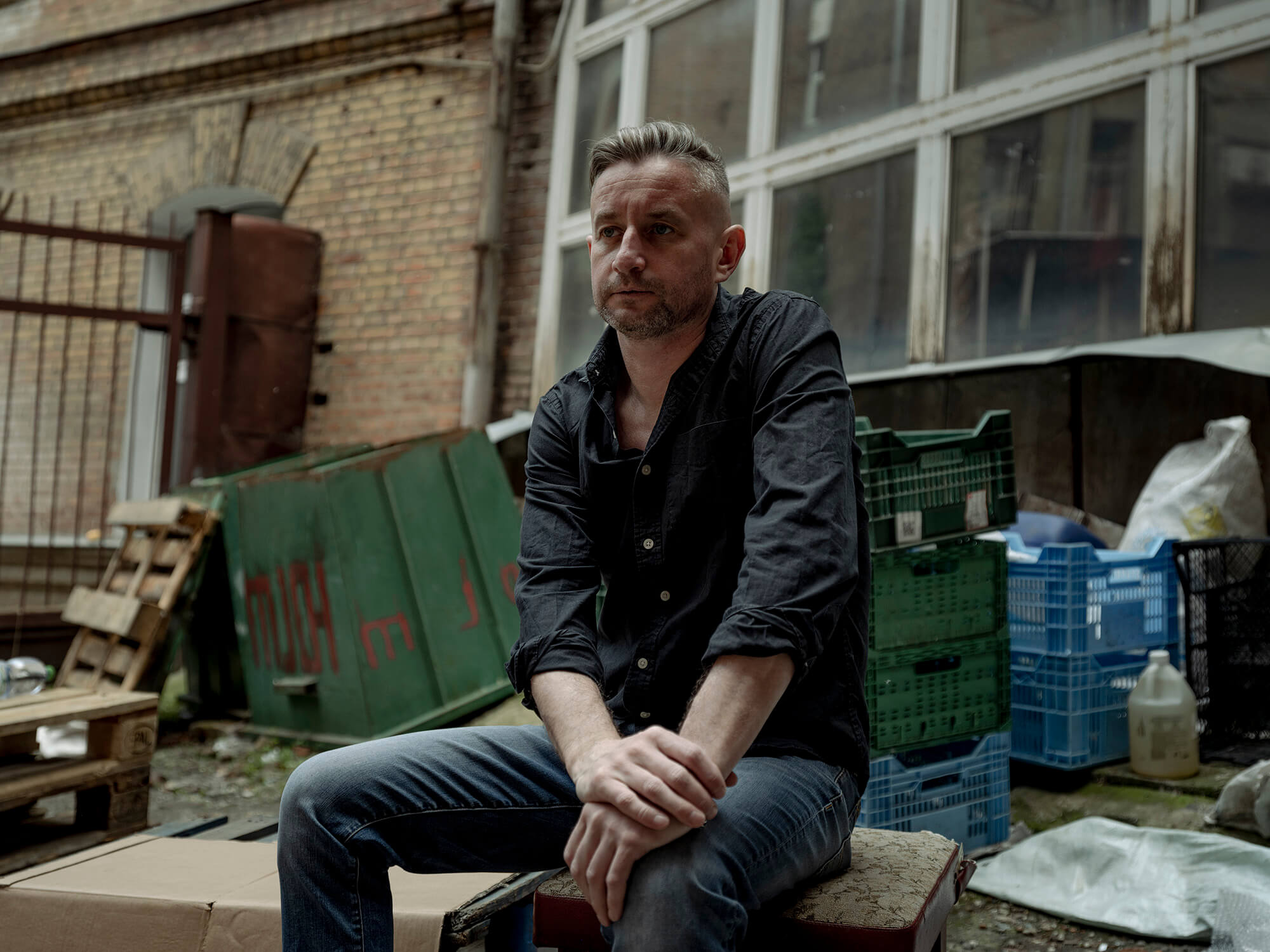
There is a particularly acute and private feeling of literature when, in the city toponymy, one reads the addresses where poets lived and worked, recognizes the houses where they read their poems, former cafes and restaurants, editorial and government offices, forgotten addresses, rebuilt entrances, replanned rooms, dangerous balconies, all the confusion in addresses and testimonies, discrepancies in bibliography and relationships—this typical Ukrainian mess and inconsistencies caused by the work of security agencies and other misfortunes of history. This privacy, inconsistency, and light optionality of genius bind the poets to the city, incorporating them into urban space and making them—even after their death—the confessors of streets and alleys, the publicans who come from the dark with their demands and invocations.
In my opinion, historical heritage lies precisely in personal connection, private involvement, and feeling history as something that has never ended and continues to this day. History is like old window frames: one can surely replace them, but the panorama outside will remain the same.
I was always mesmerized by the views outside Kharkiv windows, and the history of this city attracted me rather than scared me away—maybe because I had a chance to work in a museum, albeit for a short time.
It would seem that Ukrainian history does not contribute much to museum work because a museum is about continuity. Temporal, hereditary, and inherent in collective and individual memory, this continuity is not much marked by traumas and does not have too many blind spots.
But what about Ukrainian history? Subtly but consistently, we have been persuaded that it should be consumed with sedatives.
And indeed, many got used to studying Ukrainian history only after a dose of potassium bromide. However, if one still tries to do without sedatives, in our history—behind the bitter taste of losses and defeats—they would also feel an intoxicating elation from determination and courage, political risks and artistic breakthroughs, frantic and desperate attempts to break the course of unfavorable events, and an amazing dignified rootedness in own soil, context, and identity.
For me, the 1920s were precisely about an attempt to combine the incompatible; they were about risk and courage, vision and pragmatism, tragic doom—but also the precious legacy left by a whole generation. Decades later, this legacy’s timeless echo was enough for the myth of Red Kharkiv, avant-garde Kharkiv, to come to the surface, captivating the imagination of neophytes again. Behind the impressions of Khvylovy and Semenko, they tried to see something bigger than emotion, something more significant than a plot. Perhaps, they tried to see the outlines of modern Ukrainianism and the new aesthetics—nationally rooted, but at the same time universal, exoteric, and welcoming. The poets of the past sucked one into the vortex of time, into the abyss of history; they spoke out from the darkness filling it with warmth and significance. The city sounded loud, high, and unintelligible—like a waiting hall that the inspired passengers were running into from a rainy street. Yet, its incomprehensible unfinished pages and broken voices left room for thinking and writing. It turned out that cultural history required no potassium bromide. Instead, it required courage and devotion.
What’s next? What followed was the continuation of the history we all happened to share. Time has contributed to radical, fundamental, and systemic changes. We have lived (and are still living, to be more precise) through a period compressed so much that we might not recognize each other after years of changes and transformations. And sometimes, we actually don’t. But what has remained unchanged is reading and a selection of favorite poets, major and significant. We once used to catch their voices like butterflies on the old streets of Kharkiv, and they still keep whispering, hinting, and leaving the doors of history open. One need only visit the museum where their collections and journals are stored, and everything falls into place—the space tears up, the sky opens, twilight lights up, and the Vaplite begins.
Have read to the end! What's next?
Next is a small request.
Building media in Ukraine is not an easy task. It requires special experience, knowledge and special resources. Literary reportage is also one of the most expensive genres of journalism. That's why we need your support.
We have no investors or "friendly politicians" - we’ve always been independent. The only dependence we would like to have is dependence on educated and caring readers. We invite you to support us on Patreon, so we could create more valuable things with your help.
Reports130
More